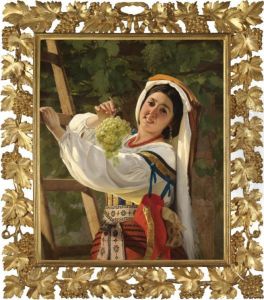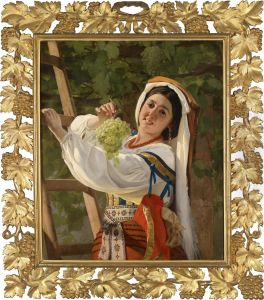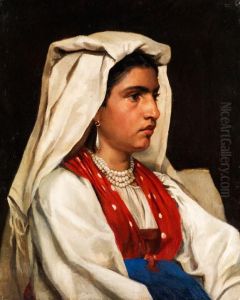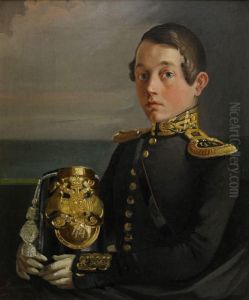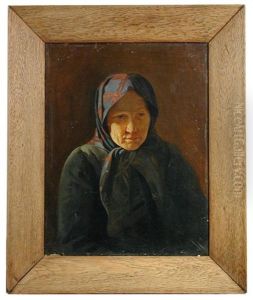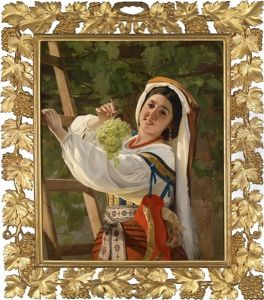Evgraf Semenovich Sorokin Paintings
Evgraf Semenovich Sorokin, born on October 1, 1821, in the village of Veseloe, near Moscow, was a prominent Russian artist who contributed significantly to the arts during the 19th century. He began his artistic journey at the Moscow School of Painting, Sculpture and Architecture before transferring to the prestigious Imperial Academy of Arts in St. Petersburg in 1841. There, he honed his skills under the tutelage of renowned artists like Karl Bryullov and Alexander Sauerweid.
Sorokin's talent was recognized early on, and he was awarded a gold medal for his painting 'The Resurrection of Jairus's Daughter' in 1847 which allowed him to travel abroad to enhance his skills. He spent time in Italy, France, and Germany, where he was influenced by the works of the Old Masters and contemporary Western European art movements. During his travels, he created numerous works, among them religious and mythological scenes, which were well-received by the Russian art community.
Upon his return to Russia in the mid-1850s, Sorokin became a respected member of the Imperial Academy of Arts and was eventually given the title of academician in 1859. His works from this period often depicted historical and religious themes, characterized by their refined style, clarity of composition, and meticulous attention to detail. Sorokin was also known for his portraits, which captured the essence and stature of his subjects with a remarkable likeness.
Throughout his career, Sorokin received numerous commissions from the Russian imperial family and the Russian Orthodox Church. One of his significant works includes the painting 'The Overthrow of the Pharaoh in the Red Sea' for the Grand Kremlin Palace. Additionally, Sorokin was involved in the restoration of old paintings and the creation of frescoes in various churches, including the Cathedral of Christ the Saviour in Moscow.
Evgraf Semenovich Sorokin's contributions to Russian art were not limited to his paintings; he also played a critical role in educating the next generation of Russian artists. He taught at the Moscow School of Painting, Sculpture and Architecture, where he influenced many young artists with his techniques and understanding of art. Sorokin's dedication to his craft and his influence on the Russian art scene remained significant until his death on March 24, 1892, in St. Petersburg. His legacy is preserved in the Russian Museum, the Tretyakov Gallery, and other museums that house his works, serving as a testament to his skill and impact on Russian culture.
